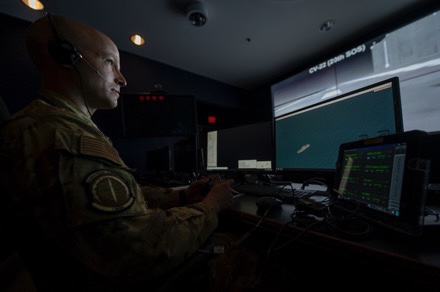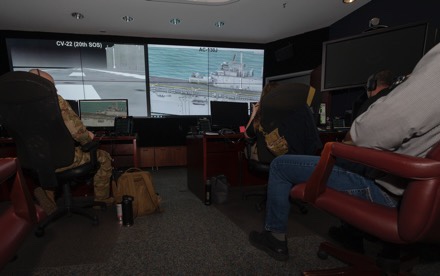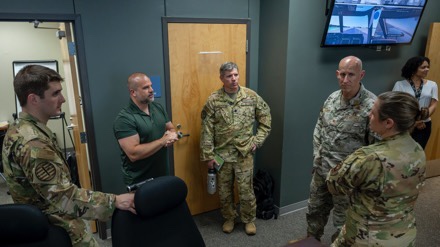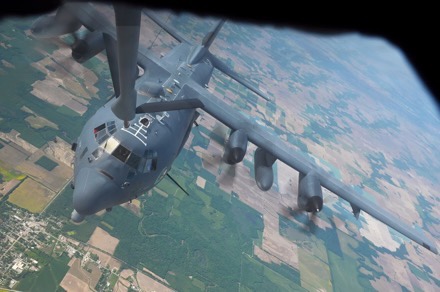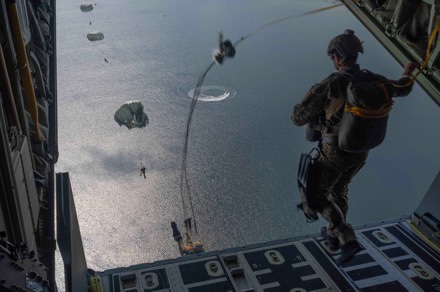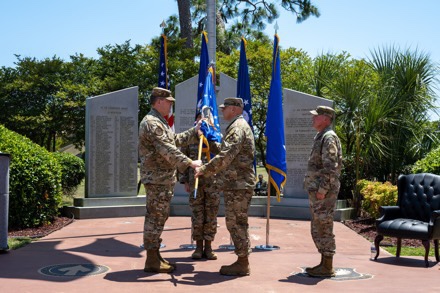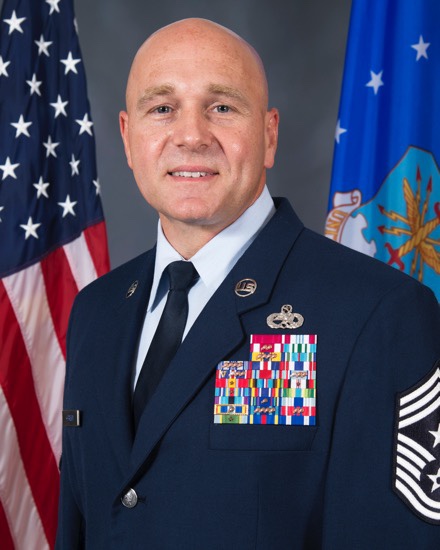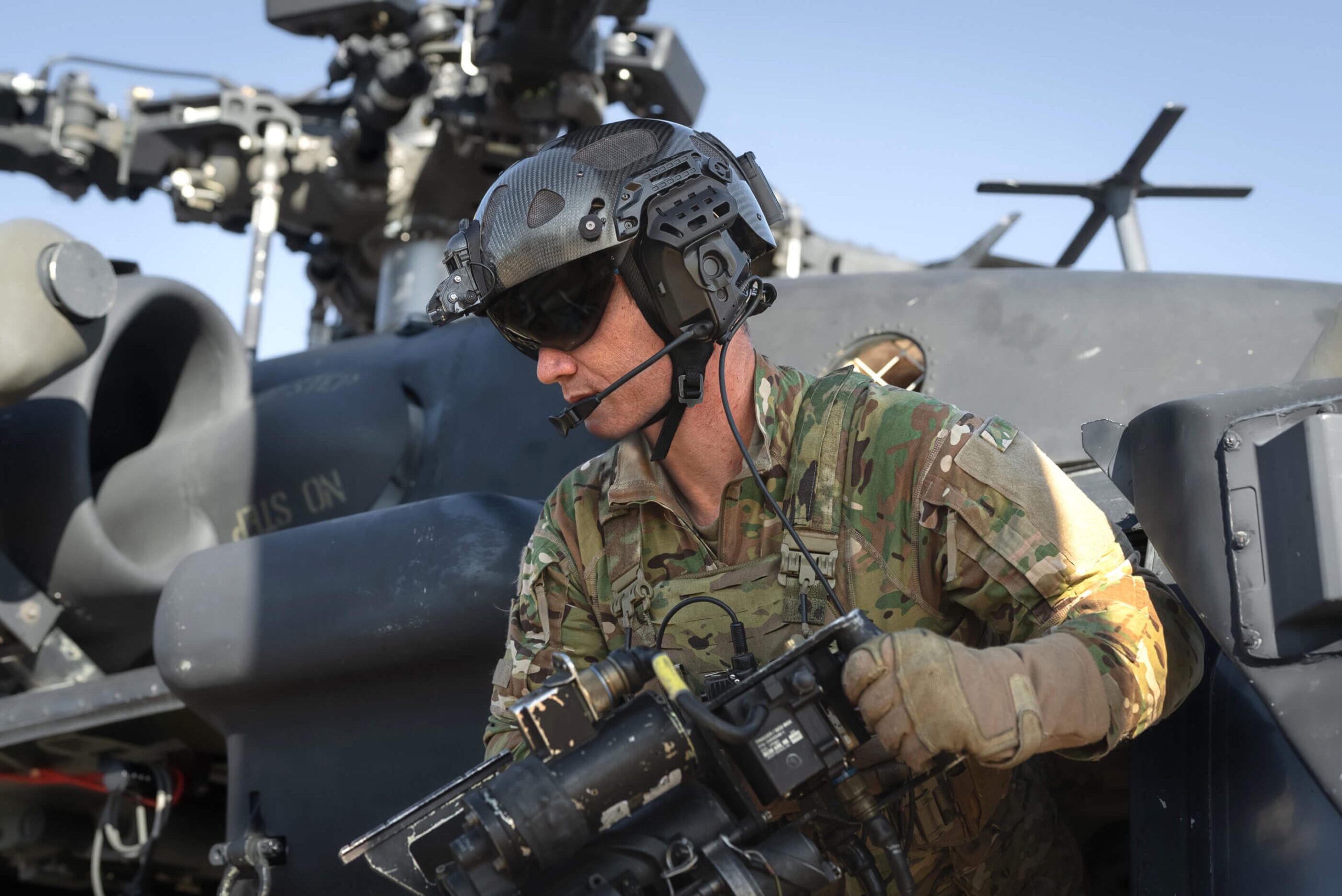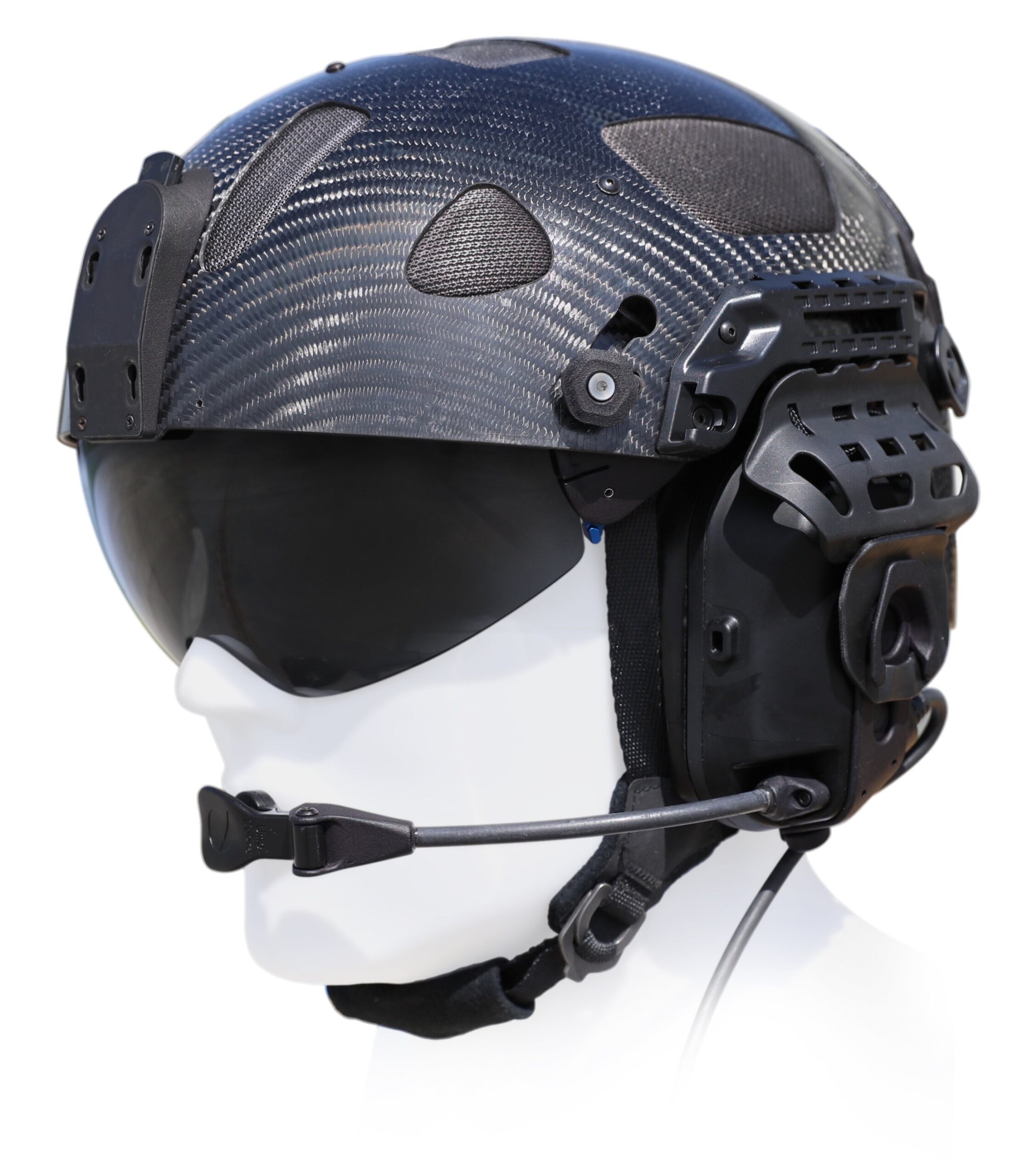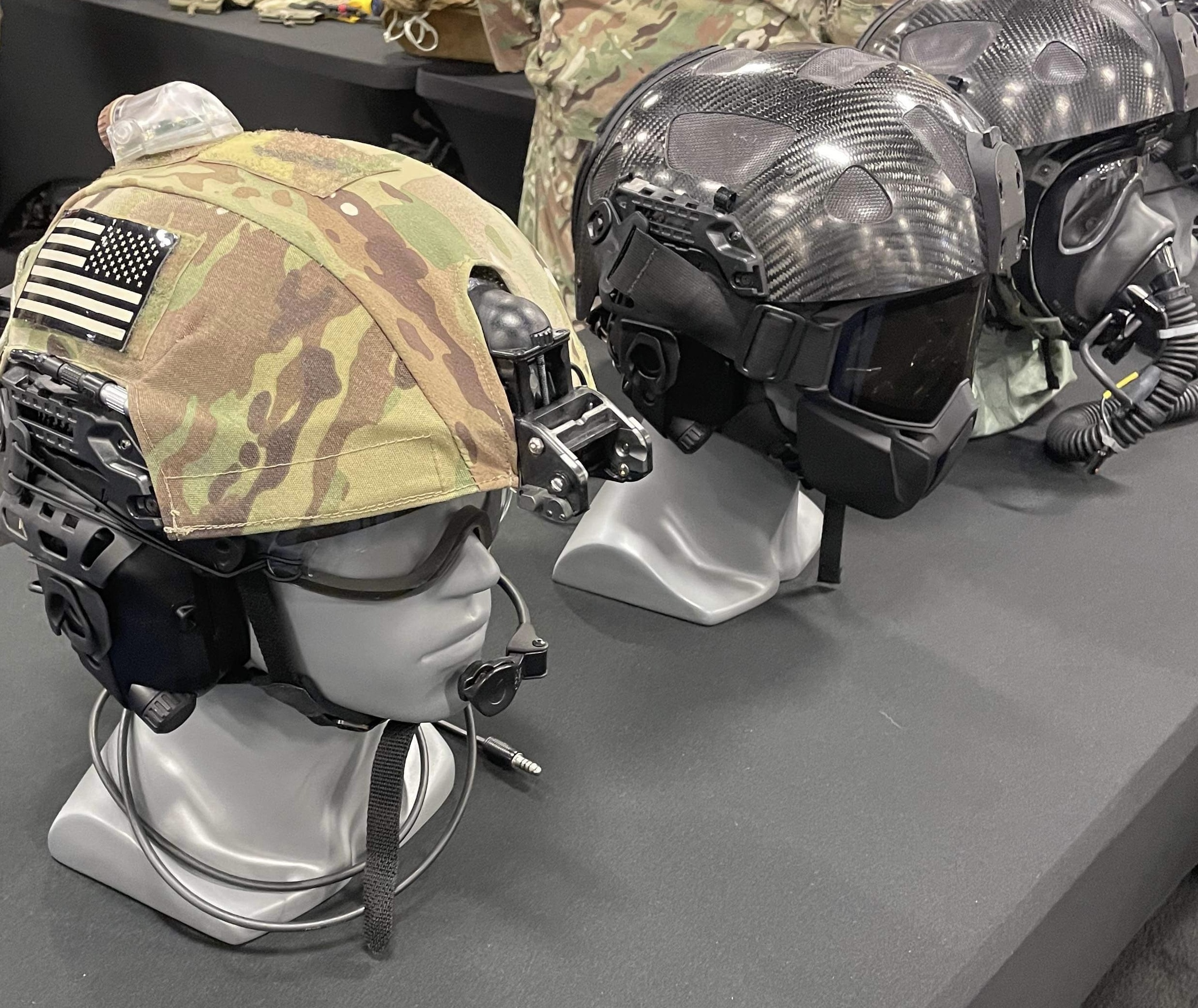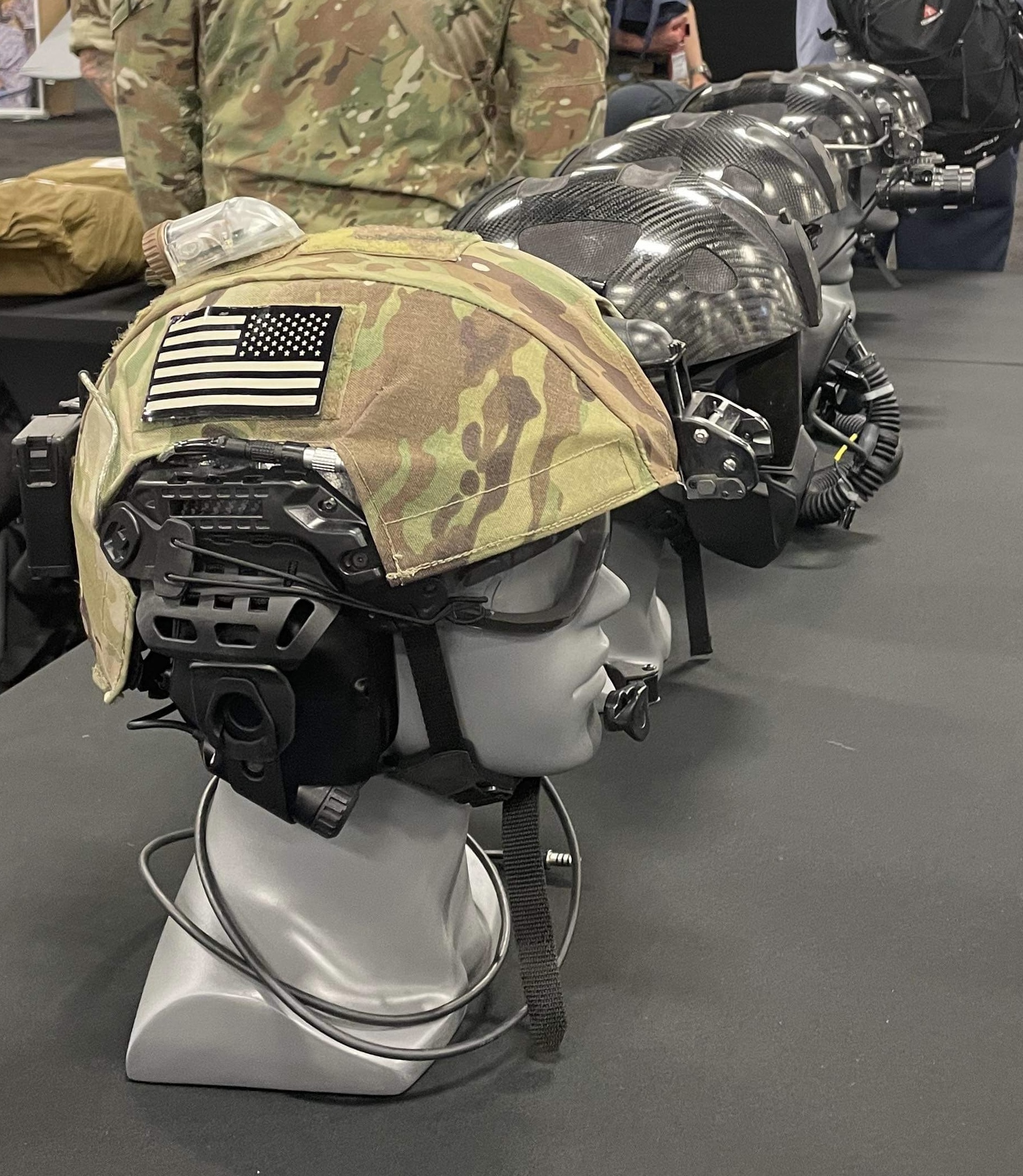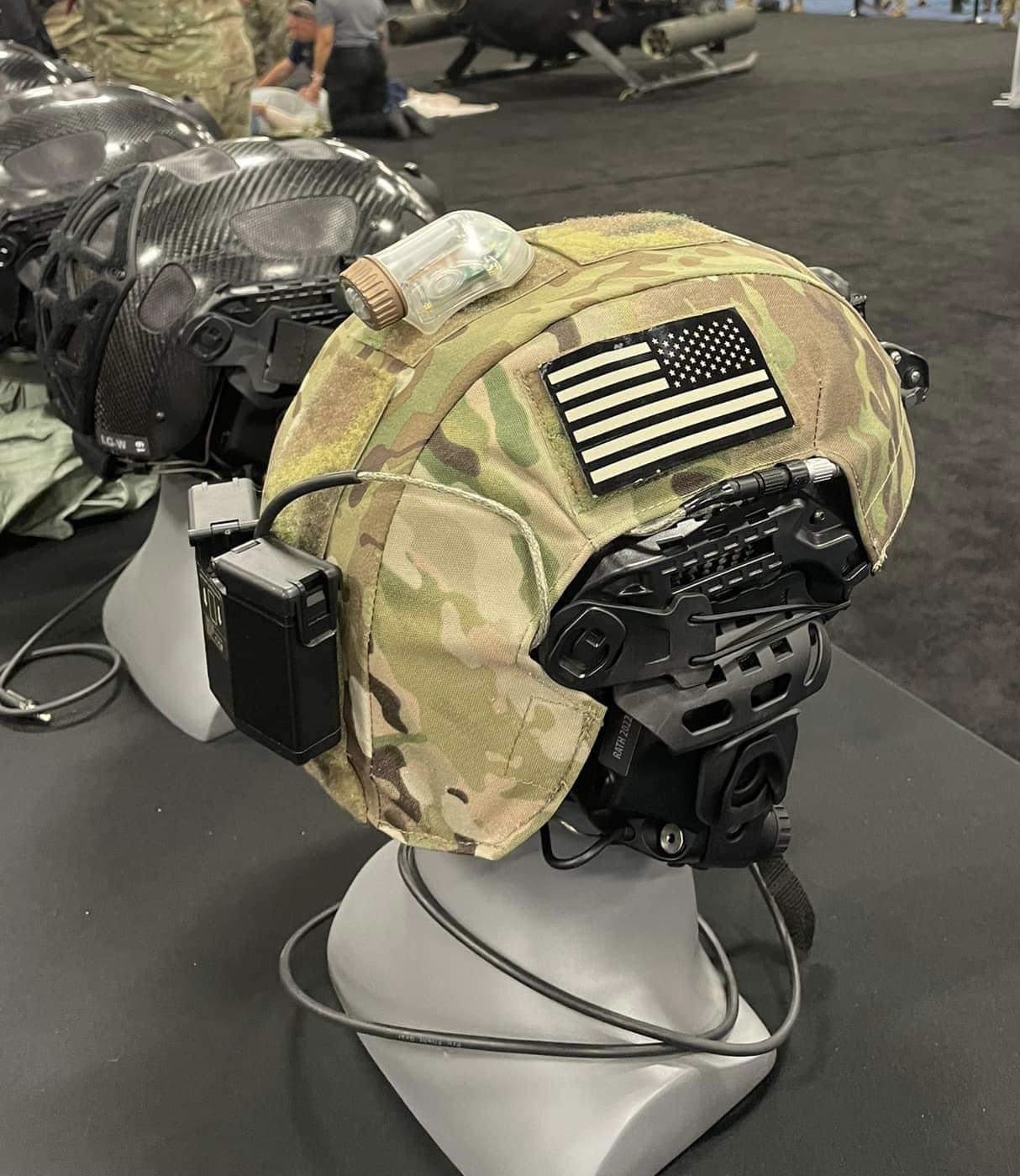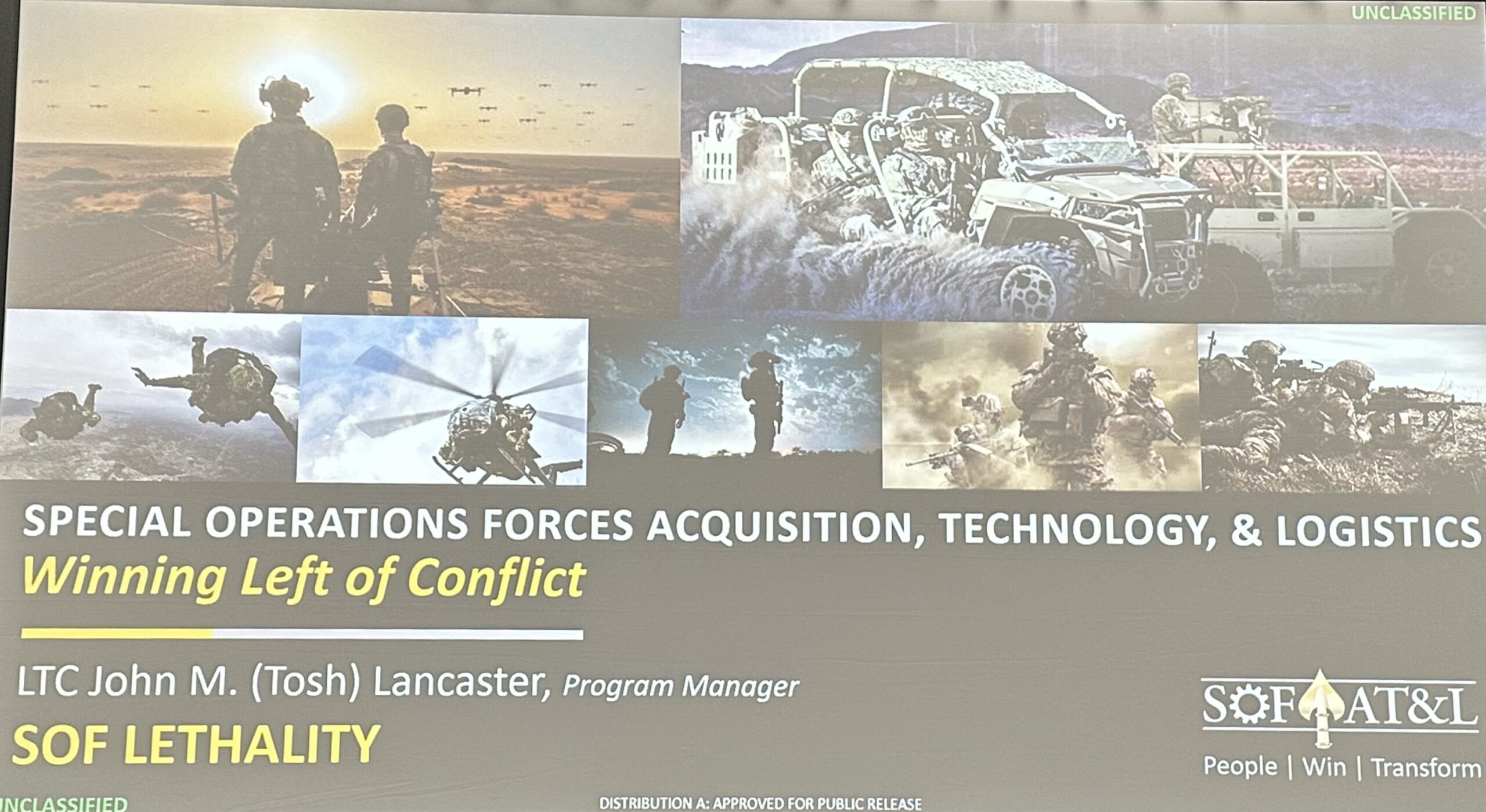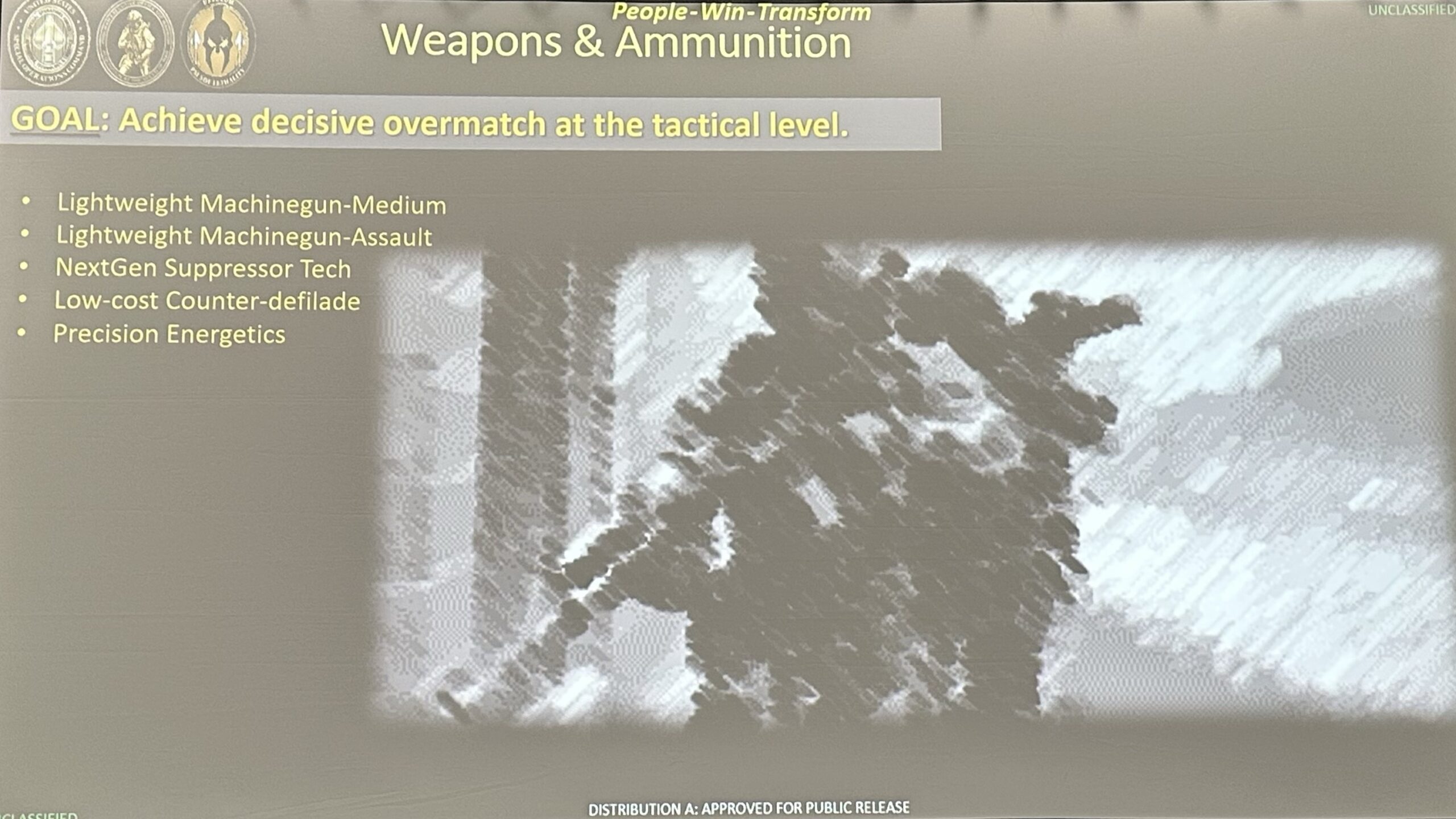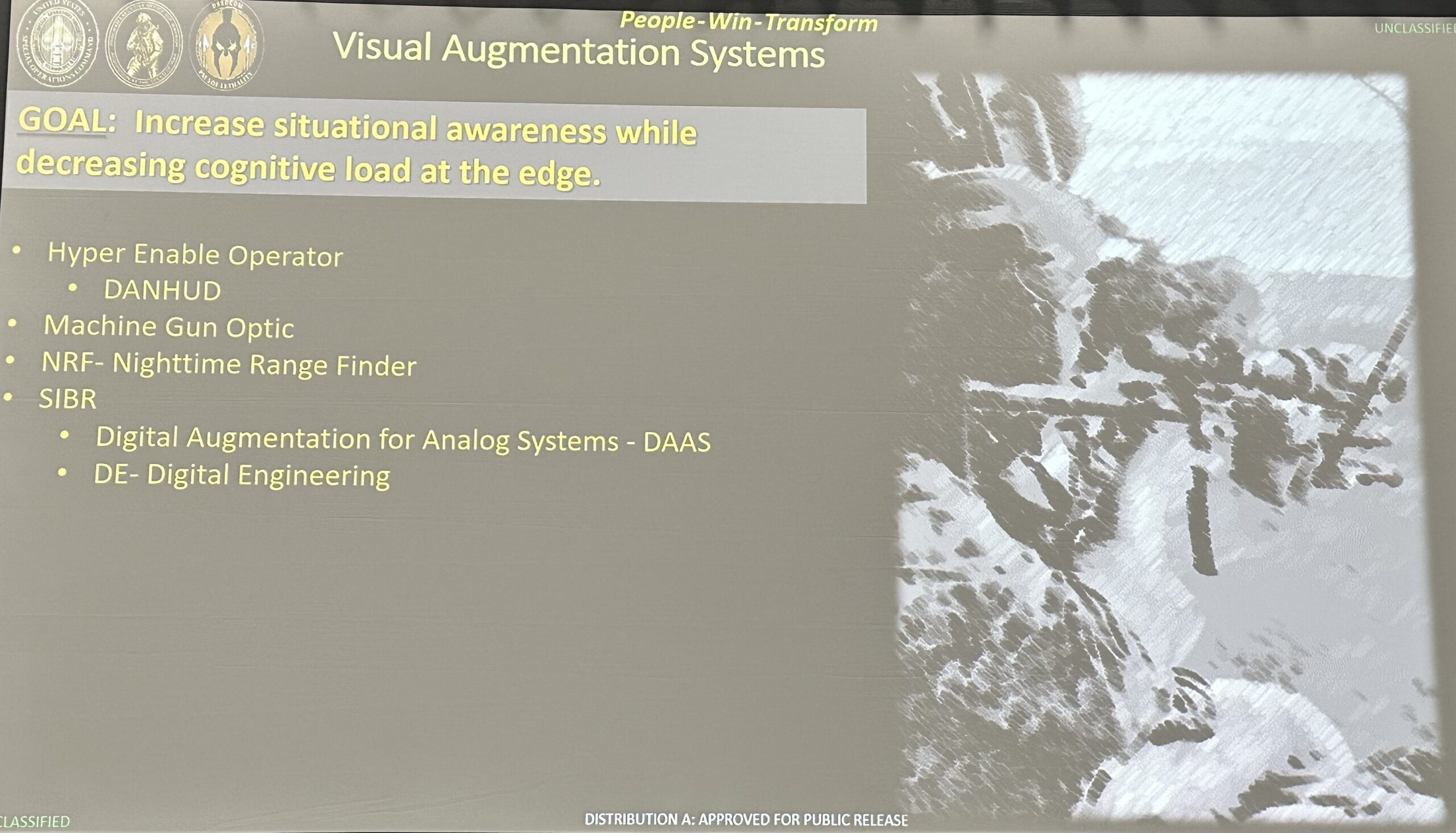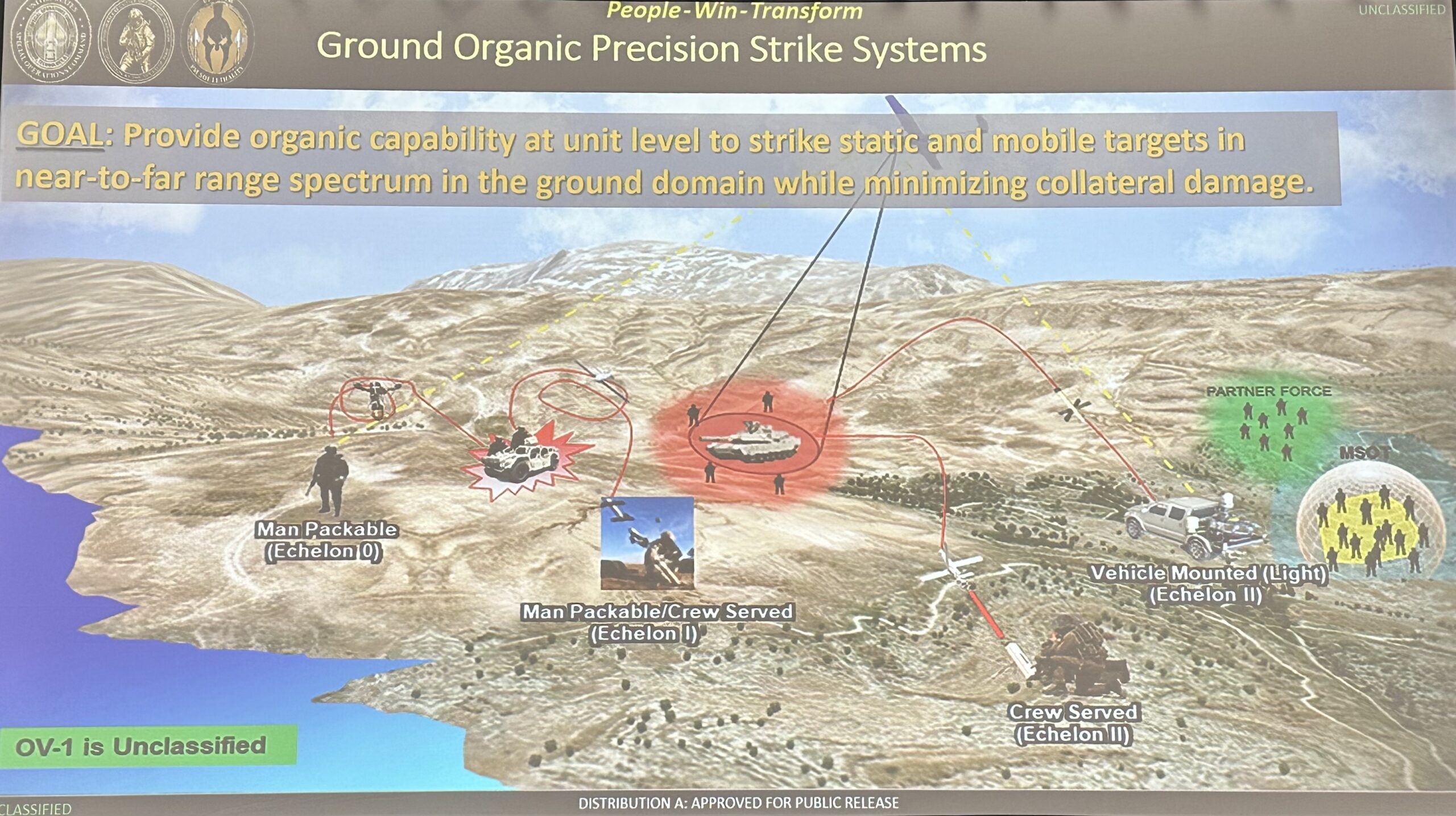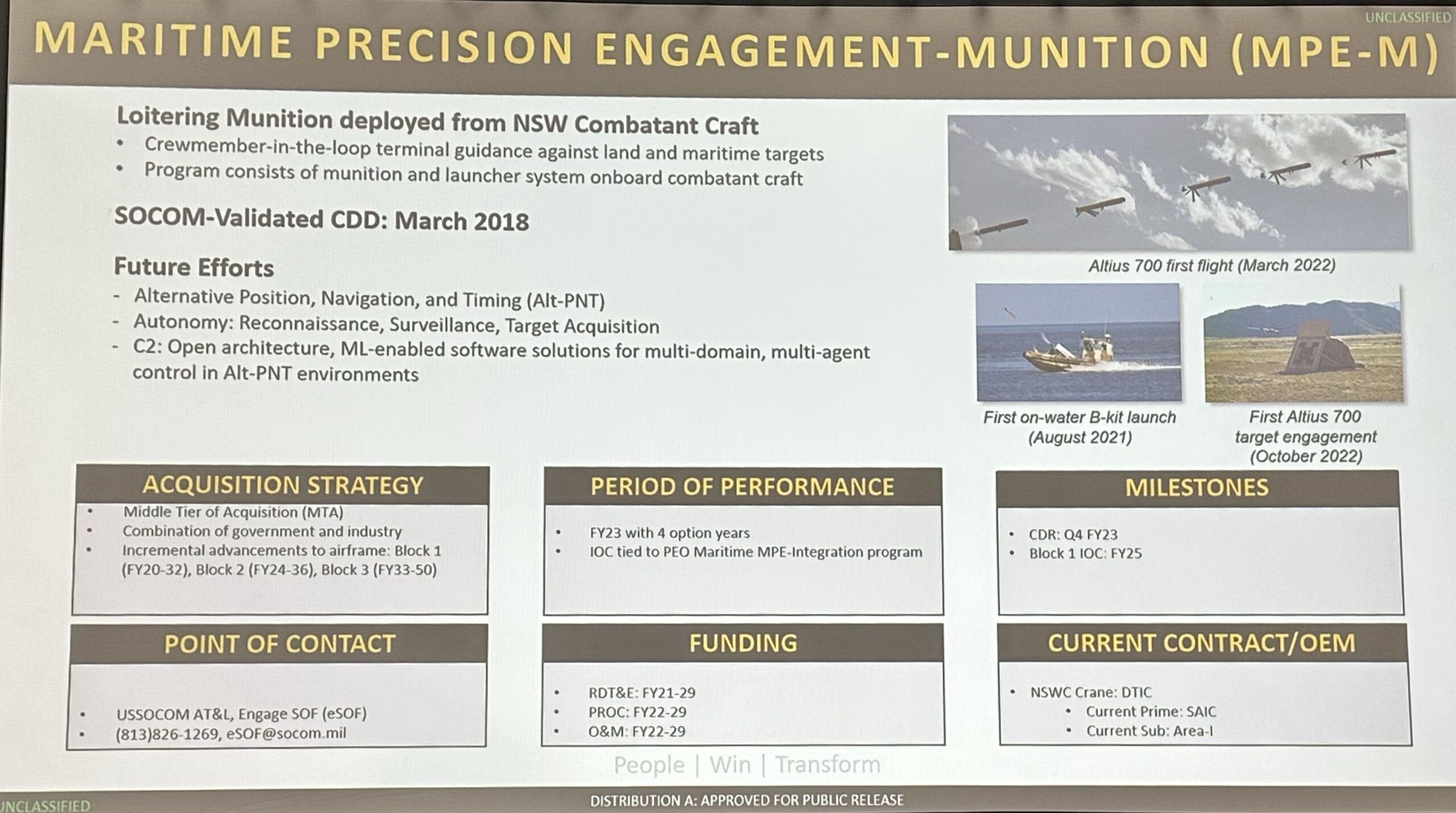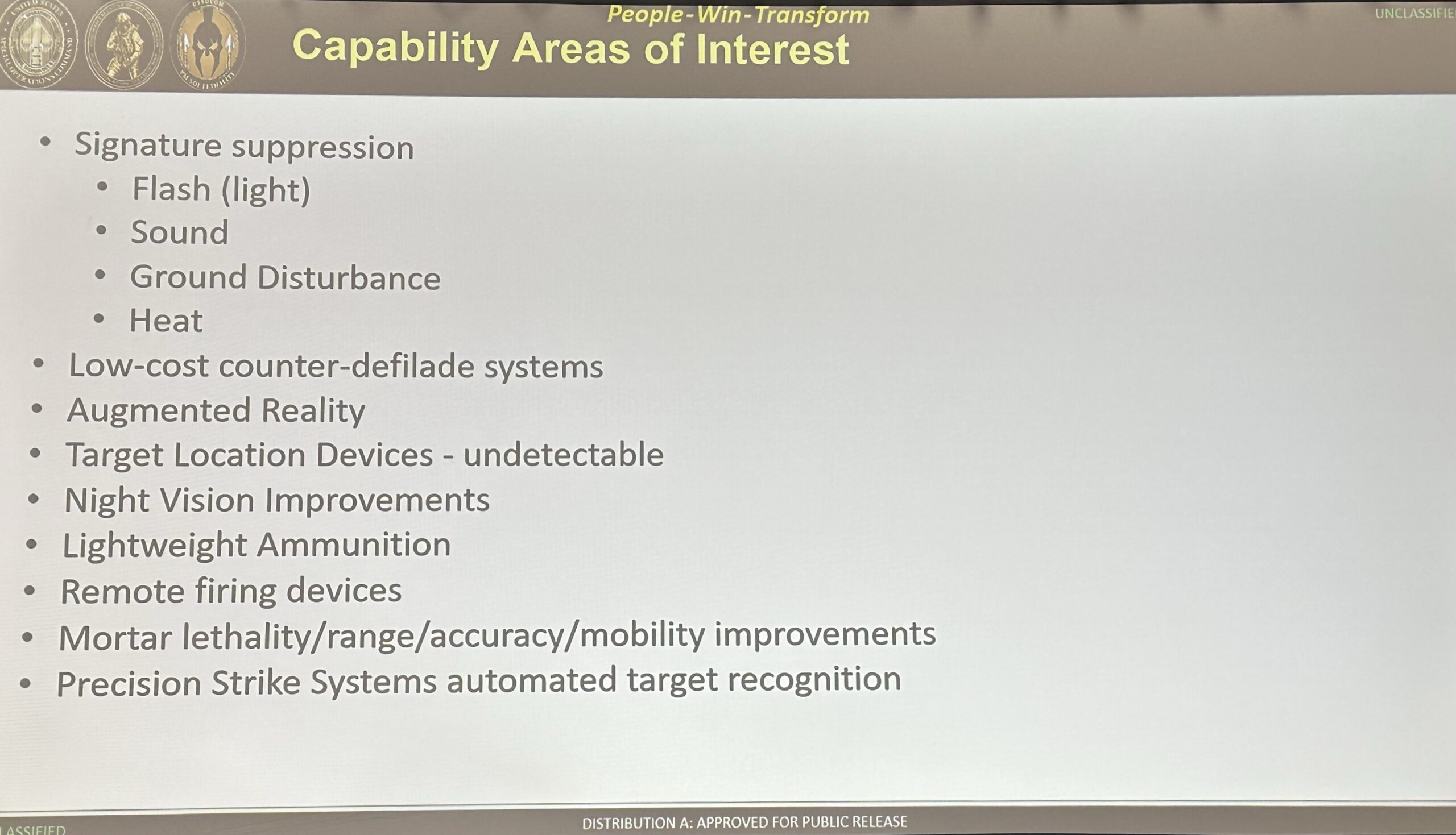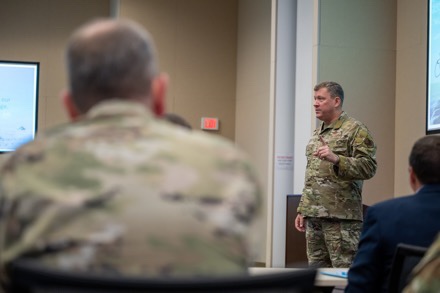
HURLBURT FIELD, Fla. —
Air Force Special Operations Command’s second Mission Command Summit concluded its three-day event on May 18 with the goal to generate how to instill a culture of mission command across the formation.
During the first summit, the team developed the philosophy of mission command which empowers our commanders and subordinates to execute assigned missions using some or all of the seven joint functions. Those missions are assigned by commanders via mission-type orders that ultimately enable subordinates to operate competently and confidently.
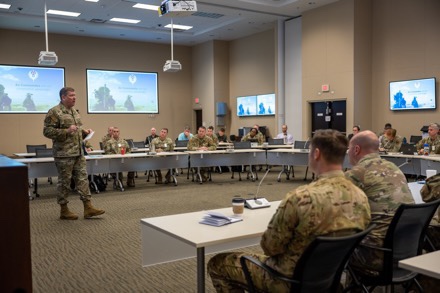
This summit provided an opportunity to connect key stakeholders from DAF, joint and ally counterparts to have candid conversations about the vision for mission command in AFSOC’s new force presentation construct.
“Our future operating environment looks very different than how we’ve fought over the last three decades and our adversaries have been paying attention to that,” said Lt. Gen. Tony Bauernfeind, AFSOC commander who provided opening remarks for the summit. “We’ve become on reliant on our global reach, active FOBs (forward operating bases) and centralized command/decentralized execution. For us to be successful, we need to shift our focus to the control piece, which is mission command.”
He expanded on the “how” and laid out the aspects that surround mission command: mutual trust built through exercises, ensuring clear commander’s intent, having an aggressive but disciplined mindset, a higher tolerance for risk and building competence.
“Developing mission command across our command will take more than writing doctrine or policy,” said Bauernfeind. “This is why we’ve established the headquarters A7 and are establishing the Air Commando Development Center this summer. This will allow us to focus that energy to synchronize and coordinate the training, education, exercising and experimentation that are required to develop the competence around mission command. And competence leads to the first aspect of mission command, mutual trust.”
This is yet another change AFSOC is tackling to prepare Air Commandos for the future operating environment. The command has been a pathfinder for the Air Force chief of staff, Gen. C.Q. Brown Jr.’s five drivers for change across the force: AF Force Generation, Agile Combat Employment, Multi-capable Airmen, wing A-staff implementation and now, mission command.
Moving forward, the 492 Special Operations Training Group and A7 are outlining actions and owners for the identified barriers to normalize mission command in AFSOC formations and updating the Mission Command Toolkit to rollout the next version at Commando Rally scheduled for June 2023.
“There’s no denying that this is a heavy developmental effort across the Air Force, but here in AFSOC, we’re up for the task,” said Bauernfeind.
By 2nd Lt Cassandra Saphore, AFSOC Public Affairs


